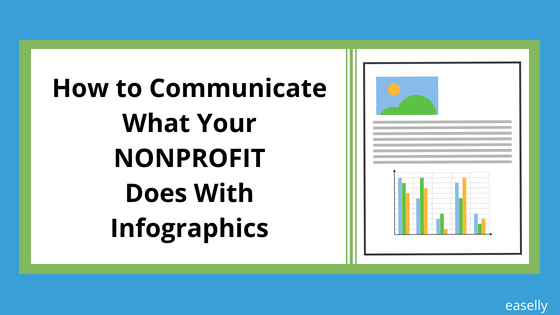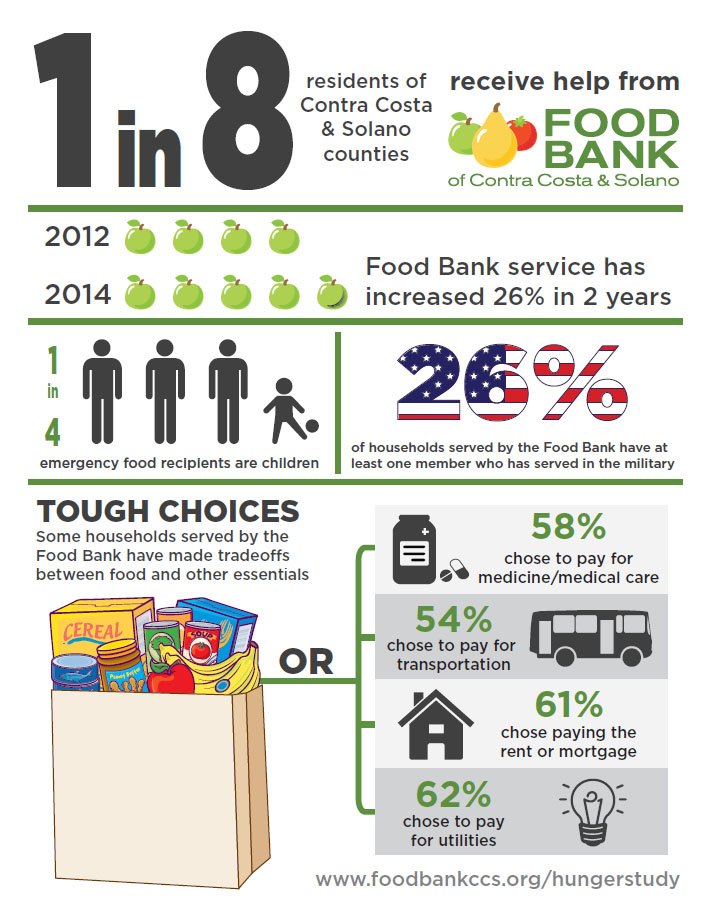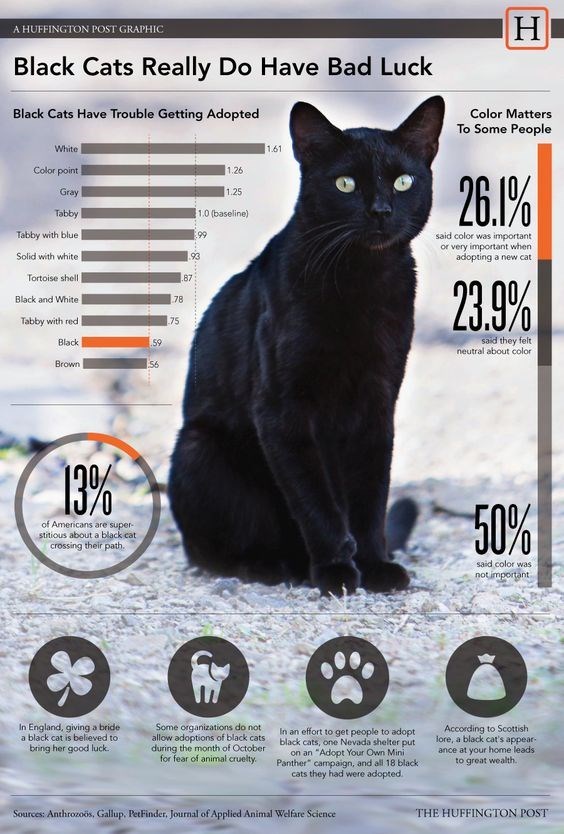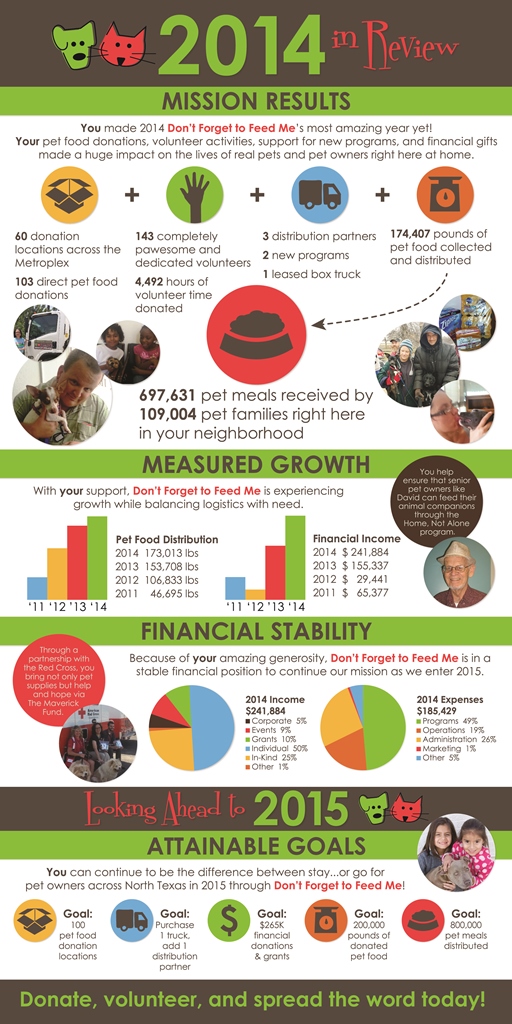Infographics are images that relay information, and you’ve probably used them in some shape or form for your nonprofit’s internal messaging or statistics reports.
But infographics can come in a variety of sizes and templates, which allows them to be utilized across multiple platforms for multiple purposes.
How to use infographics for your nonprofit organization
The human brain retains the most information through visuals – and visuals connect to the emotional centers of the brain — infographics are the optimal choice to convey what your nonprofit does to the public.
1. Support a wider campaign
Let’s say your nonprofit is a food bank, but you need to spread the word on social media and via traditional marketing methods.
To combine memorable information with your donors’ interest in the work you’re doing, you could create an image of statistics about how many children use the food bank in your area.
This immediately establishes the focus of your nonprofit, creating a memorable visual so people can remember your name and what you do, while also impacting them emotionally.
You could post that infographic on Twitter, Facebook, LinkedIn, Pinterest and Instagram to gather attention or you could use it for flyers, internet ads, etc.
If you couple that infographic with, for instance, an email about a food drive campaign to get more kid-friendly foods donated, it could affect real change.
2. Gather more support
Let’s say your nonprofit rescues animals and you want to get the word out that your nonprofit saves four-legged (or fewer!) lives.
Creating an infographic with before-and-after shots of an animal you’ve rescued will get the sort of attention your nonprofit needs to keep going.
Communicating with visuals like that elicits an emotional reaction while also telling people who you are and what you are about, which is very powerful.
Do you need donations for pet supplies or food? Do you want to get the animals adopted even faster?
Creating an infographic from scratch or by customizing infographic templates is a great way to get the job done because it combines emotional visuals with facts – people get motivated to make a difference and donate (or adopt!).
3. Communicate internal communications
Most nonprofits have hundreds, if not thousands, of people supporting what they do. There are volunteers, board members, activists and donors to keep abreast of the latest happenings. This is where infographics come in very handy.
Let’s say you want to communicate your nonprofit’s new goals for the year. Creating a series of visuals that tell the story of where your nonprofit was last year and where it plans to go this year can get everyone on the same page and motivated to continue to make a difference.
Every nonprofit has lots of internal communications detailing procedures or what they offer, and infographics are a great way to convey those directions in a concise, visual message.
Think visually to attract donors and advocates
With every year that passes, we become a more visual society. Phones, tablets and laptops offer more mediums than ever before for communicating with your donors.
If you want to attract as many donors as possible, why not give them information the format that works best for them – and can be used multiple times in different mediums? Communicating what your nonprofit does can be easy with infographics!
If you want to level up your visual storytelling efforts in your nonprofit organization, try animated infographics.
Meanwhile, if you’re pressed for time in creating your infographic, choose from our library of infographic templates or do a collab with our infographic design team.



